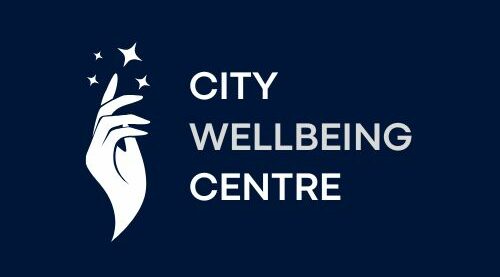The IRS is sending out surprise payments in 2025 as part of a fix to a mistake made during the COVID-19 pandemic. If you missed out on receiving some of the earlier stimulus checks, you could get up to $1,400 this year. This article will explain why the IRS is sending these payments, who qualifies, and how to know if you’re one of the lucky taxpayers who will benefit.
What is the IRS Stimulus Check Fix?
The IRS is sending out special stimulus payments to people who missed claiming a Recovery Rebate Credit on their 2021 tax returns. This credit was meant to help individuals who did not get one or more of the Economic Impact Payments (EIP), also known as stimulus checks. In total, the IRS is sending about $2.4 billion to correct this issue.
Why Did the IRS Miss Payments for Some People?
The IRS found that over a million taxpayers who filed their 2021 tax returns did not claim the Recovery Rebate Credit even though they were eligible. Danny Werfel, the IRS Commissioner, explained that the issue came from people overlooking the credit while filing their taxes. As a result, many missed out on financial help that they should have received.
Who Will Receive These Surprise Payments?
The payments are being sent to taxpayers who filed their 2021 tax returns but didn’t claim the Recovery Rebate Credit. If this applies to you, the IRS will automatically send you a payment, either by direct deposit or check. You do not need to take any action to receive this payment. The maximum amount you can get is $1,400 per individual, but the amount you receive may vary.
How Will the Payments Be Sent?
Eligible taxpayers will receive these surprise payments without needing to file an amended tax return. The IRS has decided to automatically send out the payments to avoid a long and complicated process. If you’re eligible, you should expect a letter from the IRS explaining the payment. The funds will be sent to the bank account listed on your 2023 tax return or to the home address on file with the IRS.
What is the Recovery Rebate Credit?
The Recovery Rebate Credit is a tax benefit for people who didn’t receive their full Economic Impact Payments (stimulus checks) during the pandemic. If you missed out on these payments, you might be able to claim the credit to receive the money you were owed. The credit was meant to help individuals and families during tough times, so if you missed it, the IRS is now fixing that mistake by sending out the payments automatically.
Do You Need to Do Anything?
No action is needed if you qualify for the stimulus payment. The IRS will send the payment directly to you. However, if you haven’t yet filed your tax return for 2023, it’s important to do so before the deadline of April 15, 2025. Even if you did not earn income last year, you might still be eligible for this credit.
How Much Money Was Sent in Stimulus Payments?
There were three rounds of stimulus payments during the pandemic, totaling $814 billion. These payments were sent out to help Americans who were struggling financially due to the COVID-19 crisis. Here’s a breakdown of the different rounds of payments:
- March 2020: The first round of stimulus payments was sent under the CARES Act. Individuals received up to $1,200, with an additional $500 for each child.
- December 2020: The second round provided up to $600 per individual and $600 per child under the Consolidated Appropriations Act.
- March 2021: The third and final round sent $1,400 to individuals and an additional $1,400 for each dependent under the American Rescue Plan Act.
These payments were a significant help for many households and are part of the government’s relief efforts during the pandemic.
FOR MORE LATEST NEWS –City Well Being Centre

